There are many options and materials to work with. The best for you might not be the best for someone else. What do you appreciate the most in a kayak? Is it durability in large waves and rock-gardening? Maybe it is lightness for easy lifting on and off your car roof rack? Here is a short list of what to consider:
5m lengts or scarfing? Scarfing takes time and makes for stiffer wood in that region. In my experience it is just as durable. I once read a paper…will link if I find it, that if you stick to a scarfing angle ratio of 1:12 or more, you will reach the same durability as a non-scarfed piece of wood. I use 1:15.
Is rot in wood a common issue where you paddle (humid, warm air, no dry storage)?
Is your budget small or large?
So, in Sweden generally you would wear out a kayak’s underside before rot ever comes into play. Then Spruce (Gran) or Fir (Furu) might be your cheapest and easiest available choice. Spruce, however, comes with knots (kvist) and will need scarfing. If you would find it knot free, it is fairly light and durable. Fir comes in a wide variety of lengts and widths and you can get it fairly knot free, but it weighs more and for the weight not to increase too much, you will need to thin out every plank of your kayak that uses it. Spruce gunwhales and fir stringers/keel might also be a good option. The rule of thunb is: the thinner the stick, the smaller the knot has to be. The more knots, the less you can thin down your sticks and you will build a heavier kayak.
If you follow many American SOF-builders, they build with Western Red Cedar which is easily available and cheap over there. In Sweden it is 10x as expensive and increases your build costs accordingly. However, it is slightly poisonous, very resistant to rot, light and comes mostly knot free. It is nasty to work with and you will need a mask indoors.
In our building class in -22, we decided on Paulownia grown in Europe, namely Spain. Shipped to Sweden, it is 1/3 of the cost of Red Cedar, lighter, pretty much knot free and a bit less brittle when moist. With Paulownia, you might need to come up a size in thickness for your kayak’s longitudinal beams. Our supplier only ships 3m lengths so you will have to scarf the longitudinal beams. A low volume Greenland rolling kayak will weigh less than 11kg with a Paulownia frame, 240g/m cloth and 3 coats of PU. They might be the lightest you can build with SOF technique without compromising safety.
